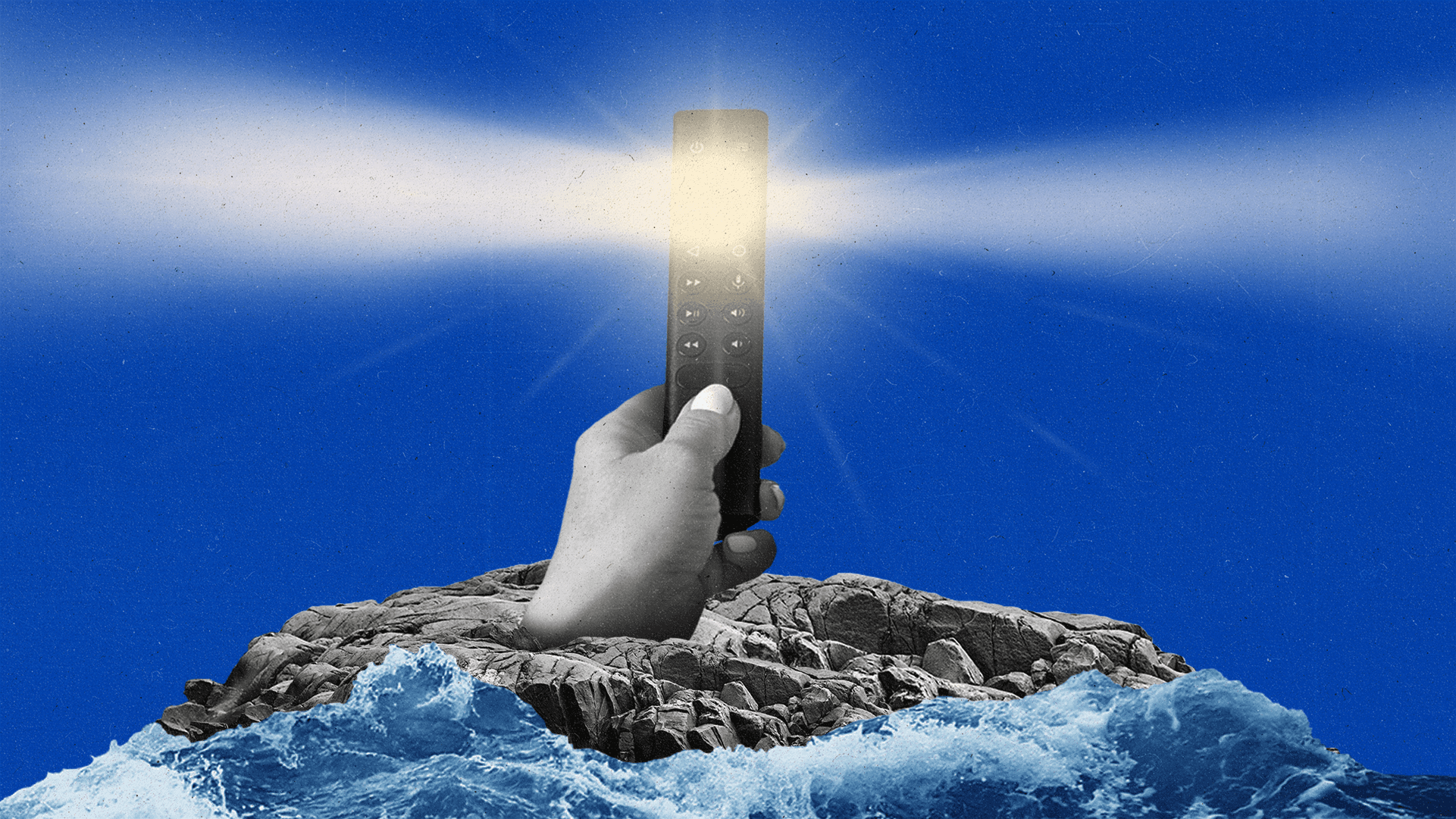As consumers flock to streaming TV, CTV ads prove more effective than linear ones

In December, a little over a year after Netflix launched its advertising tier, the company’s VP of Global Ad Sales, Peter Naylor, boasted during the Future of TV Advertising Global event in London that the streamer now offered “more options to reach and target your desired audience, more transparency to help measure and prove success, and more opportunities to drive impact.”
He was of course talking about Netflix, but his comments reflect the larger benefits of ad-supported connected TV (CTV), which really came of age in 2023.
The channel has shown impressive signs of growth as linear TV continues its slow decline. Streamers like Netflix and Disney+ that launched into the ad space over a year ago are driving that acceleration in the CTV marketplace for advertisers. According to an Insider Intelligence report, CTV ad spending is projected to grow by around 20 percent in 2023 and 2024, and by low double digits through 2027.
But because marketers have allocated more of their budgets into CTV, they’ve been more focused on what they’re getting out of their investments. One potential concern was whether the sometimes-higher CPMs on streaming platforms were translating into value for brands.
New data suggests the answer is a resounding yes. A recent study that research firm Circana shared with The Current shows that while CPMs on CTV have increased since 2019, effectiveness — measured by marketers meeting their campaign goals — has also grown, offsetting higher costs and resulting in a greater ROAS. The study also found that ROAS for CTV has increased since 2020, and surpassed that of linear TV last year, which saw a decline from 2021 through 2022.
Circana’s report was based on marketing mix studies it delivered to clients from 2018 through the first half of 2023. Circana calculated the incremental dollars driven by CTV, and divided that by impressions to get effectiveness.
Dan Larkman, CEO and founder of Keynes Digital, says that those potentially higher CPMs could be a “crucial barrier” for some advertisers when considering making the jump from linear TV to CTV. But for any who haven’t seen the light, he puts it bluntly: “Any marketer focusing on CPM over outcome is looking at the wrong thing.”
“If a brand is targeting people under 40, yet is spending 70 percent of their budget on linear — why? Because of the CPM,” Larkman tells The Current. “Your audience isn’t watching those shows; they’ve cut the cord, or they never had it. Yet, there’s still that blocker [against CTV] because they trust [linear].”
Nitin Sinha, VP of paid media at ad agency Laundry Service, told Digiday in an April story that CPMs are not “so high that it’s becoming prohibitive, but [they are] high enough that we’re constantly reevaluating our investment levels in CTV.”
But Circana’s research highlights how the perception of CPMs seems to be changing. In fact, Insider Intelligence wrote in October that CPM impression rates were trending downward. CTV is leading to better outcomes, and as more people move to streaming, more advertisers are likely to follow to find their audiences at scale. That means CTV effectiveness is likely to grow and attract more ad dollars, according to Susan Kelly, solutions architect at Circana.
Disney, for instance, has been upgrading its platform to make it easier for marketers to buy across its media properties, which include Hulu, Disney+, and ESPN+.
“Advertising is undergoing a technology transformation. It’s why you’ve seen the development of ad tech platforms, a search for alternative solutions for [identity] currency, and expanded measurement,” Matt Barnes, Disney Advertising’s VP of programmatic sales, recently told The Current. “Automation has allowed us to increase the diversity of our advertising base, which ultimately creates a better user experience for customers and provides results for the industry.”
The bottom line is that the growth of CTV, and the decline of linear TV, will be hard to avoid. Insider Intelligence projected in a report in July that CTV ad spend in the U.S. would grow from $25 billion this year to nearly $41 billion by 2027. It expects linear TV ad spend to decline from $61 billion to $56 billion in the same period. Even viewership-wise, streaming is making gains on linear TV: In a July report, Nielsen said that the share of combined cable and broadcast viewership in the U.S. fell below 50 percent for the first time.
Even Disney CEO Bob Iger has noticed the shifts in the traditional TV business. He said during a company earnings call in August that “the trends fueled by cord cutting are unmistakable.”
Larkman says, “CTV should be one of those channels that advertisers consider as always on. If you’re picking a team, it’s always on the roster…It’s a needle-moving channel.”
Subscribe to The Current
Subscribe to The Current newsletter